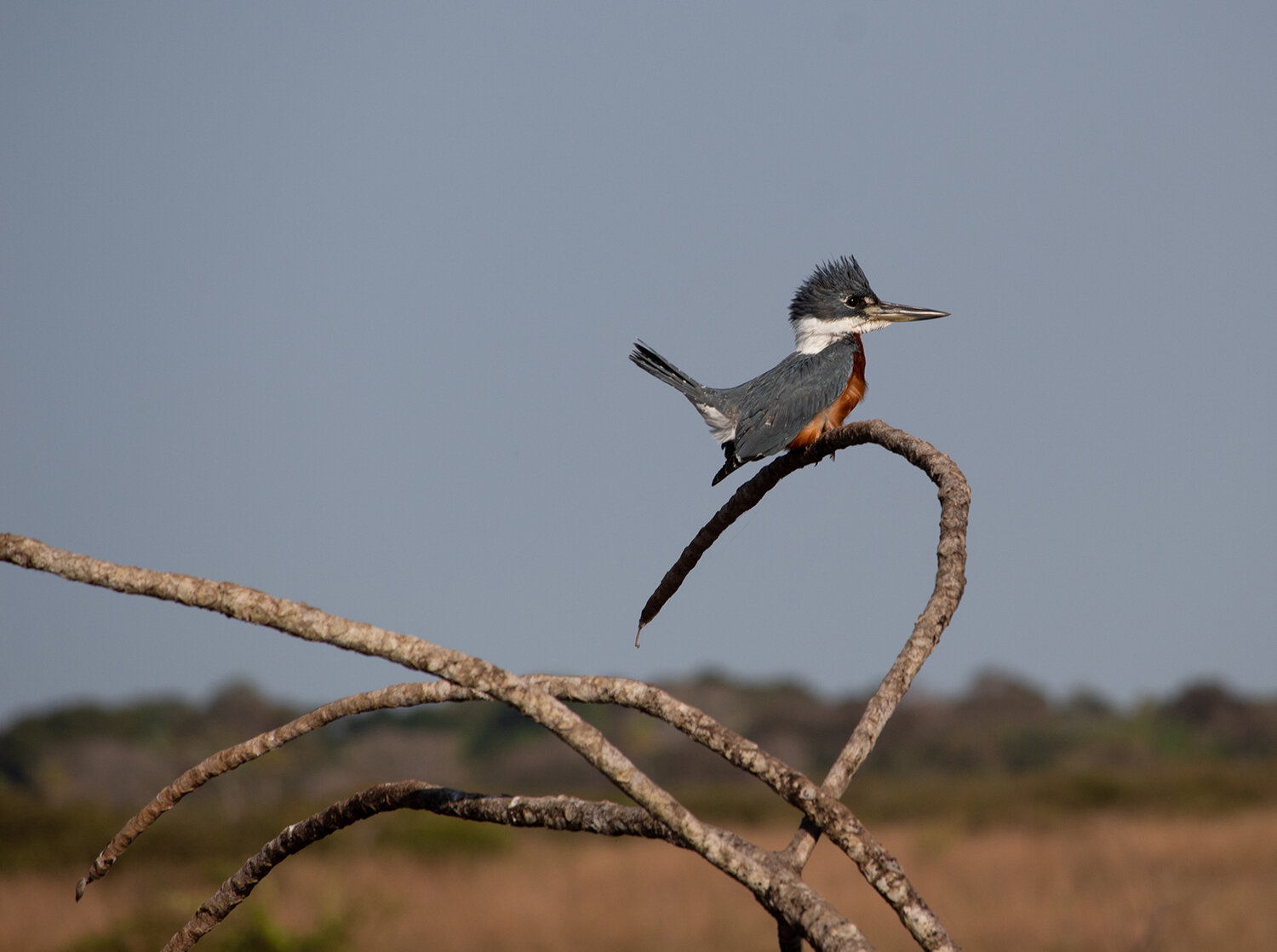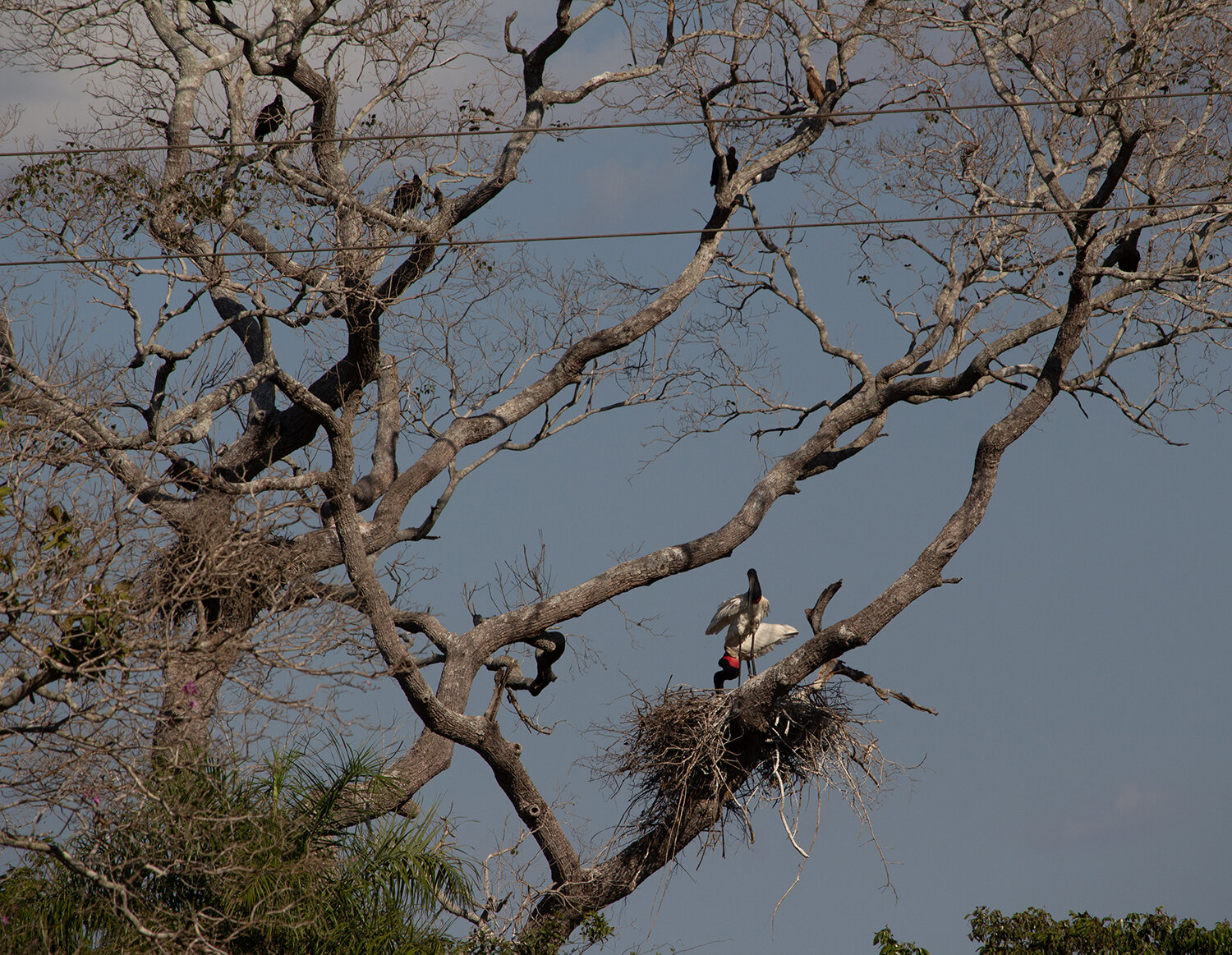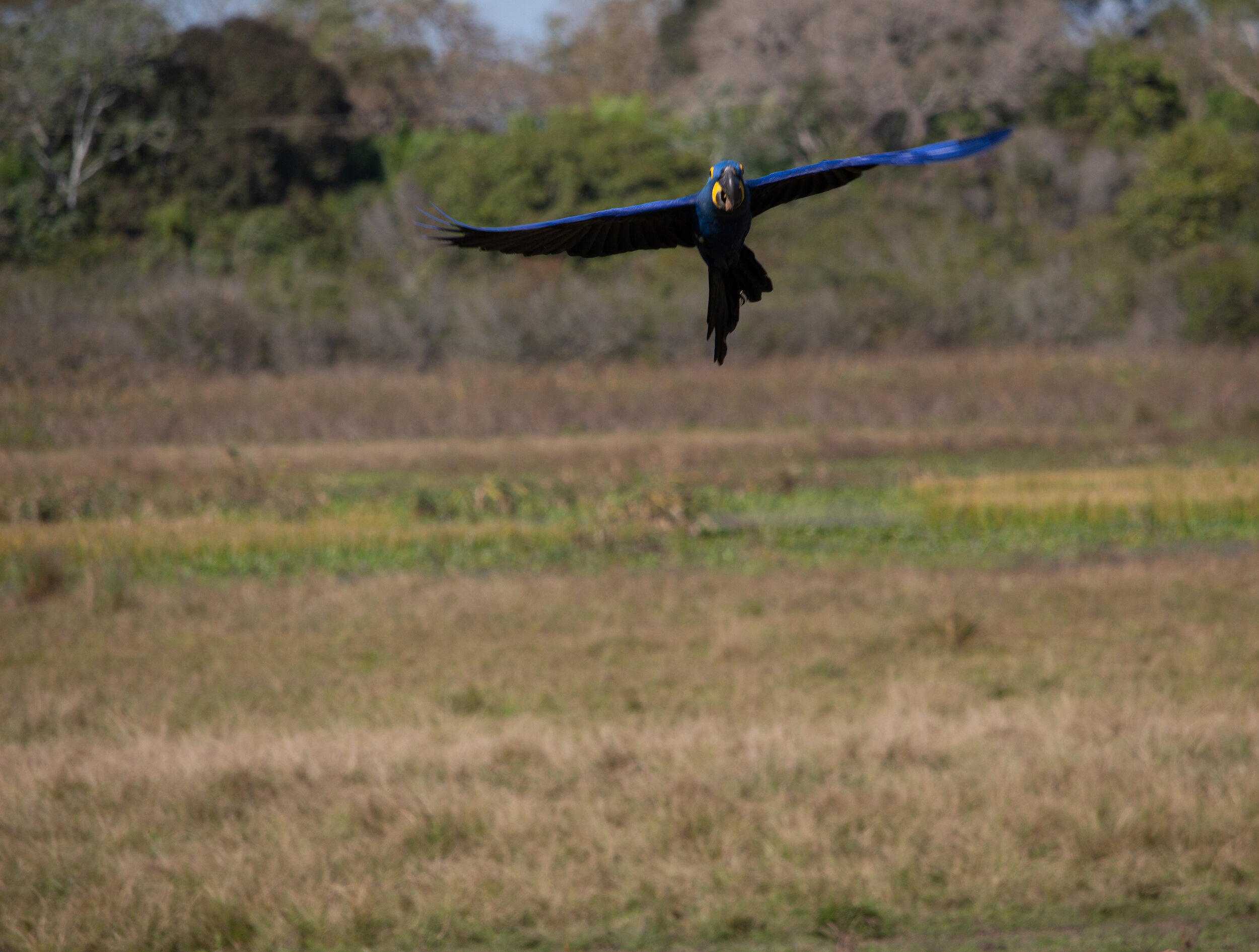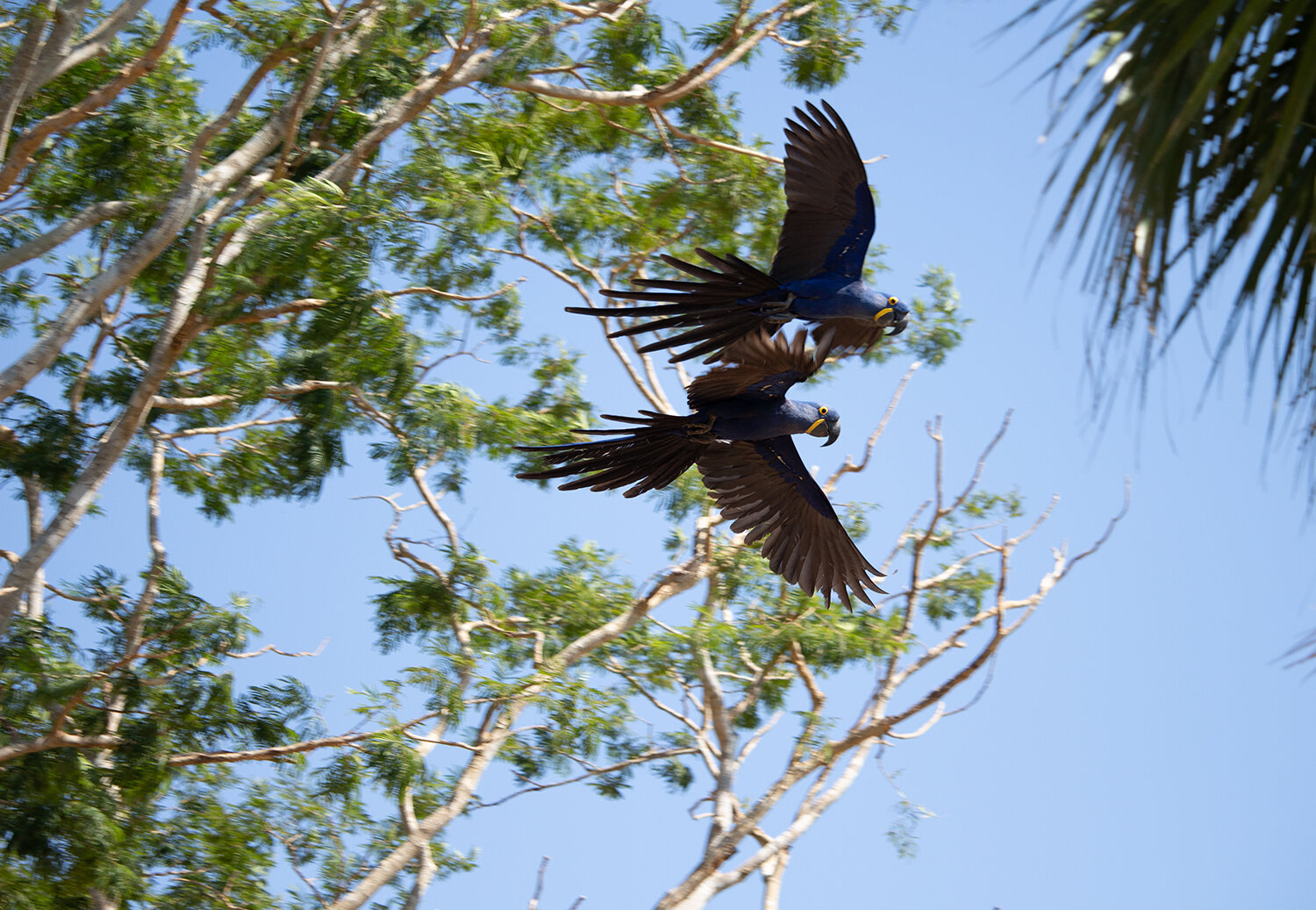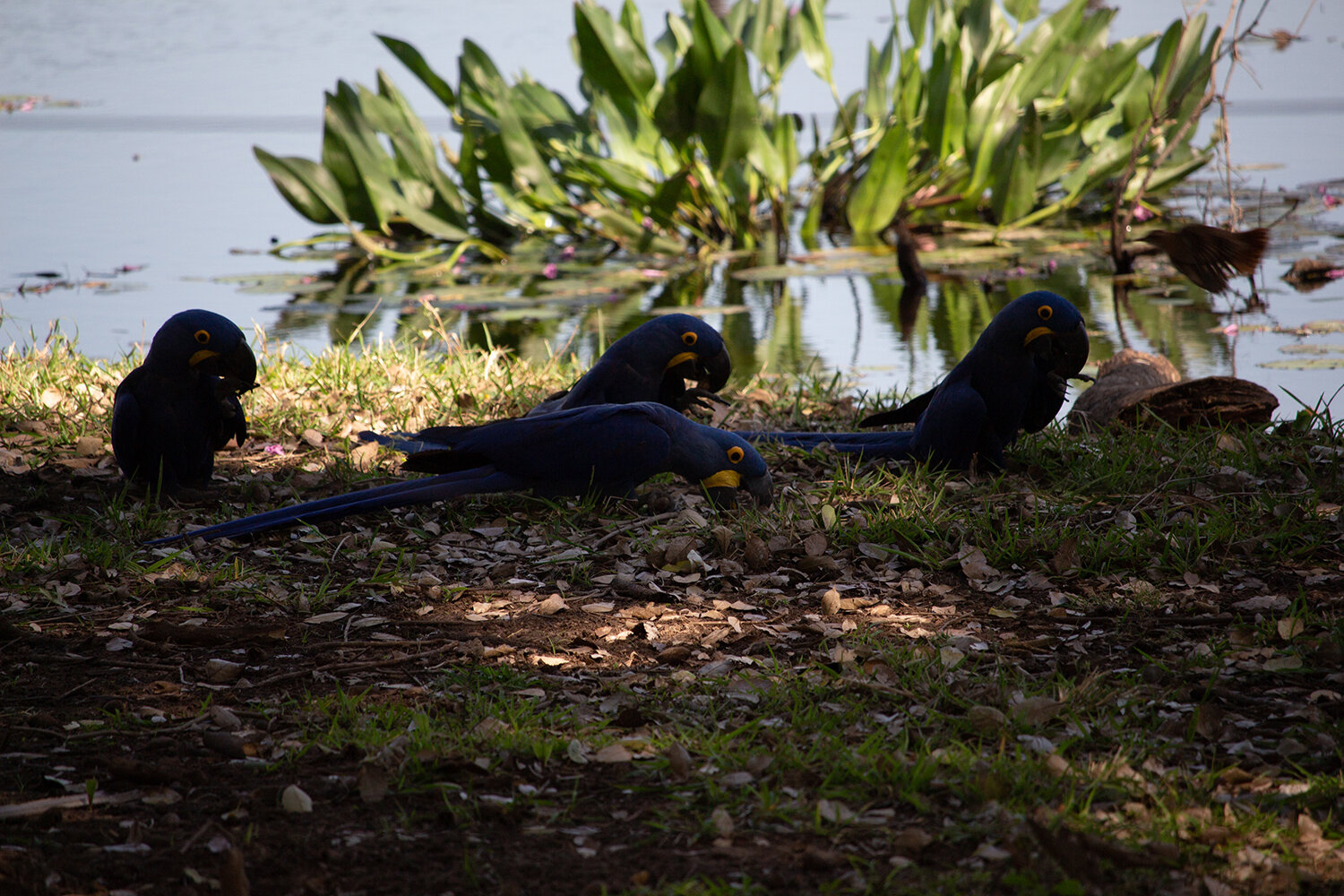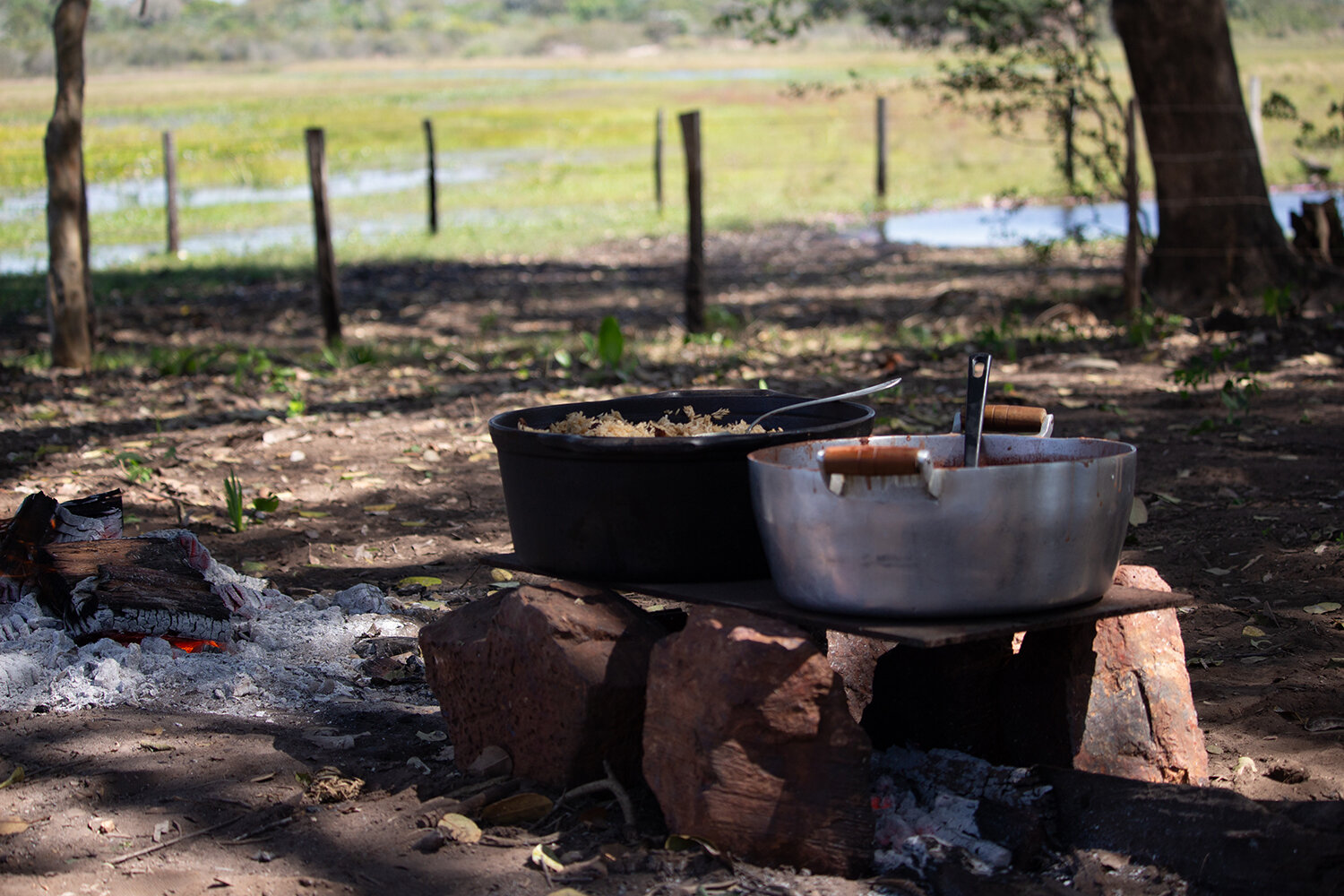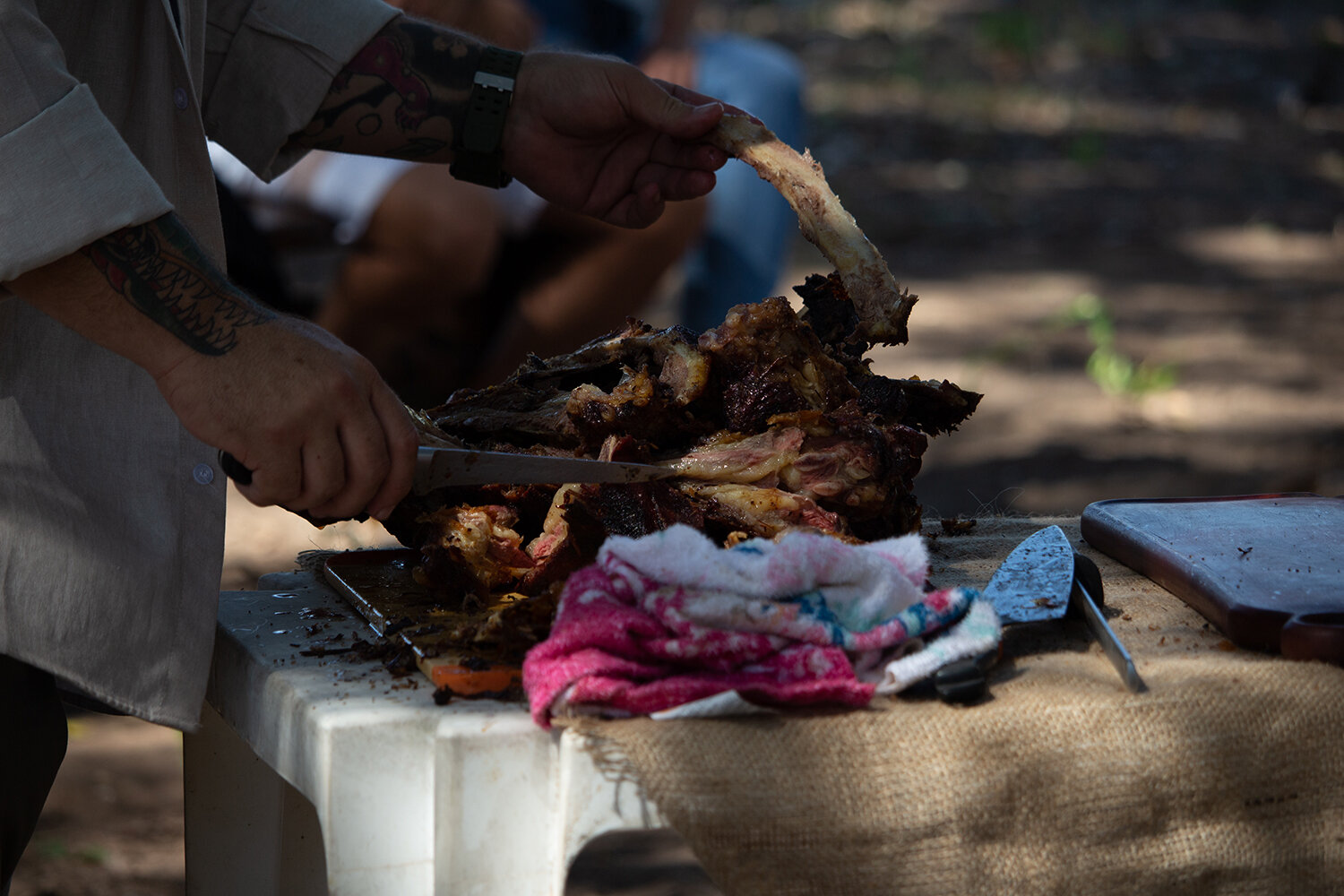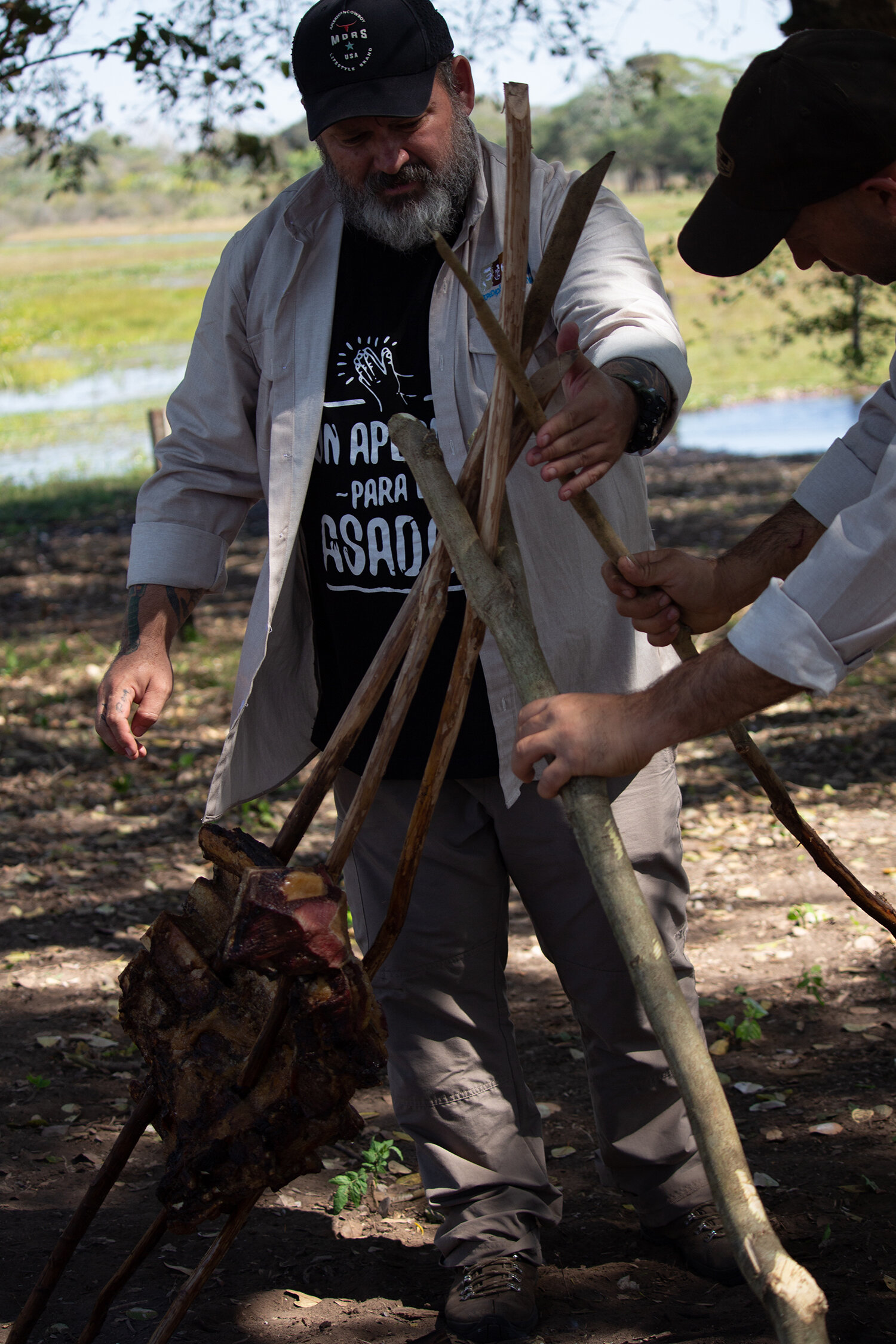Pantanal
When we visited the Pantanal in August 2019, we had no idea about the pandemic that was going to hit the world the next year. It was our first long holiday in Brazil and the one that stayed with us during all those long months of 2020 and 2021.
Everything they say about the Pantanal is true, yet false. Yes, it is an absolutely stunning place of incredible beauty that is hard to describe. Yes, the wildlife is abundant and used to seeing people, but there’s also the part of the journey that gets to you in ways you didn’t imagine. Being there, one could easily feel pleasure and gratitude to be able to experience all this, yet also a strange nostalgia, a longing to extend your stay, possibly forever.
In short, the Pantanal is a place of magic you simply must experience.
For obvious reasons, you can’t go roaming around the Pantanal on your own. For starters, there is the onça, the Brazilian jaguar. Then, there are the wild pigs, which we were told are quite dangerous when agitated. We didn’t feel like trying our luck, so we arranged some tours with the place we were staying.
Luckily, our hotel at Passo do Lontra had many tours to offer and a fantastic, experienced tour guide. The usual tours include some wildlife sightseeing with a guide (in a jeep), piranha fishing (releasing the fish afterwards), various boat rides and farm visits. We booked as many as we could comfortably fit into our three-day stay.
The first sight after we arrived were capybaras, leisurely munching on the grass right around our rooms. Normally, they’re not nocturnal, except in the Pantanal, where they stay up in the night to avoid being eaten by the onça. We were told that the local farms count on losing about 10% of their stock to the onça. Our guide sounded unflustered when he talked about it. ‘We share this space with the onça,’ he said, ‘and the onça needs to eat, too.’ I thought it was such a fantastic and realistic approach to living in and with nature.
The houses we stayed in were on stilts, because the area floods during summer. A few crocodiles were napping in the puddles underneath, seemingly uninterested in the birds that came in all colours and sizes.
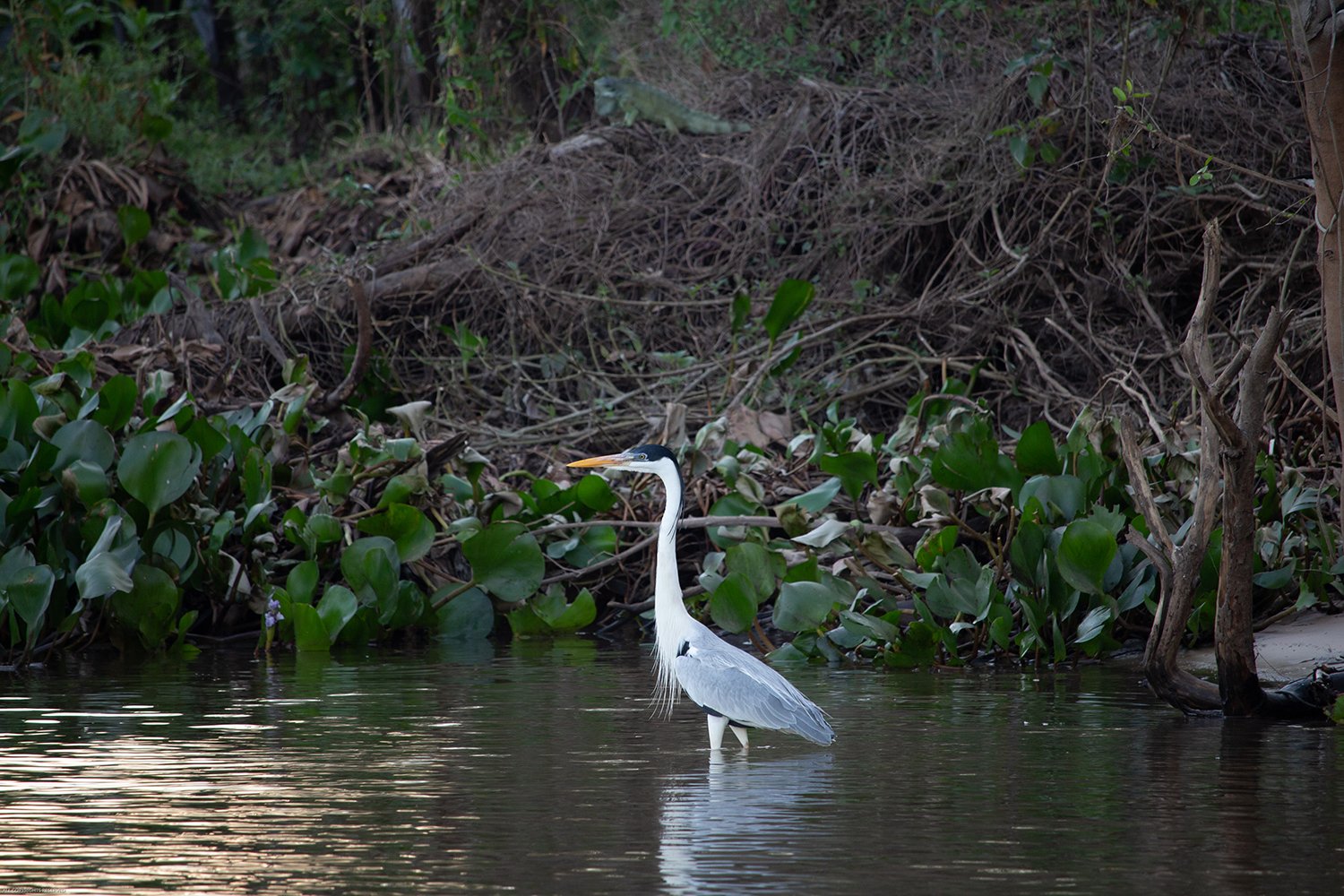


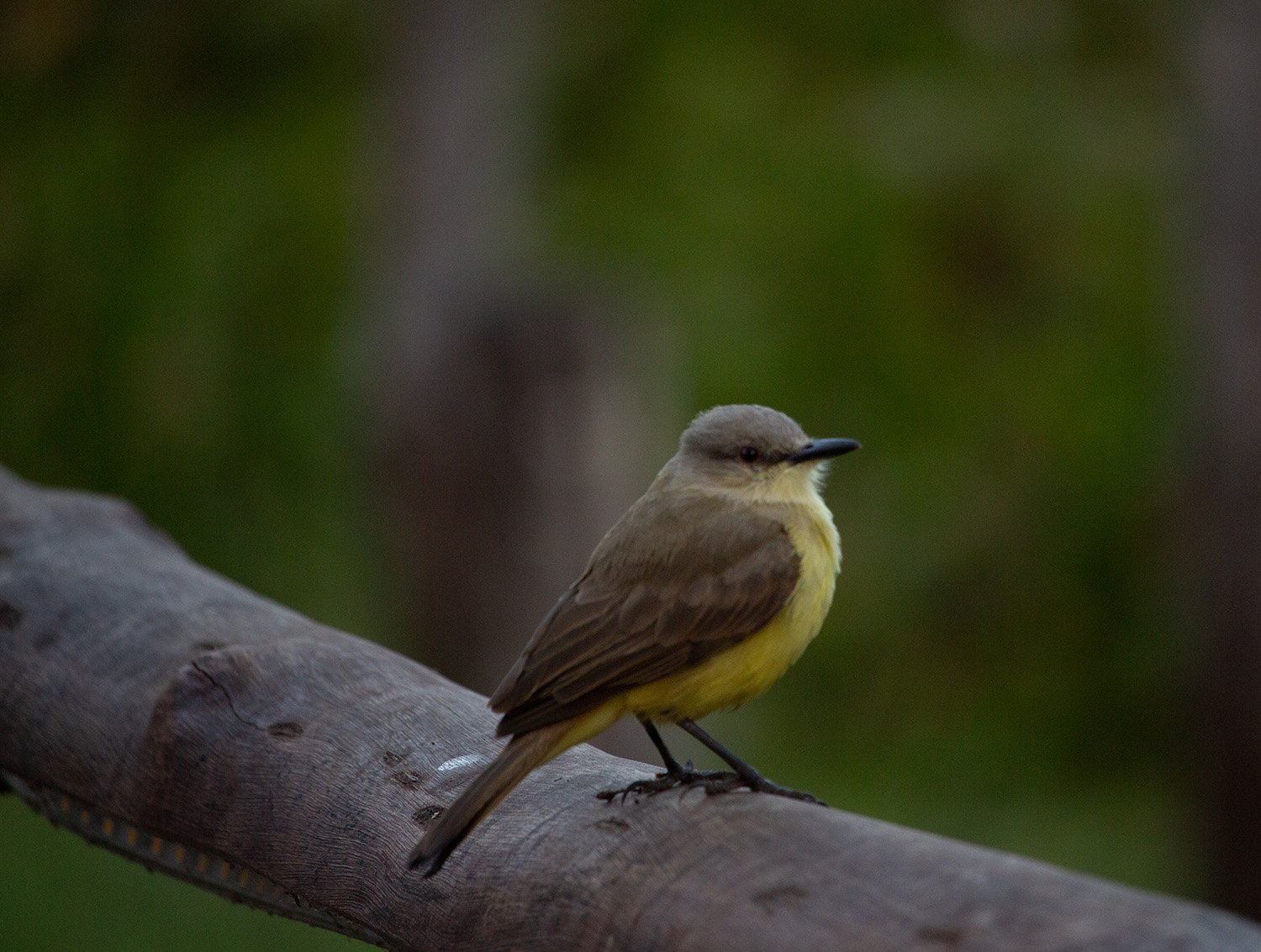
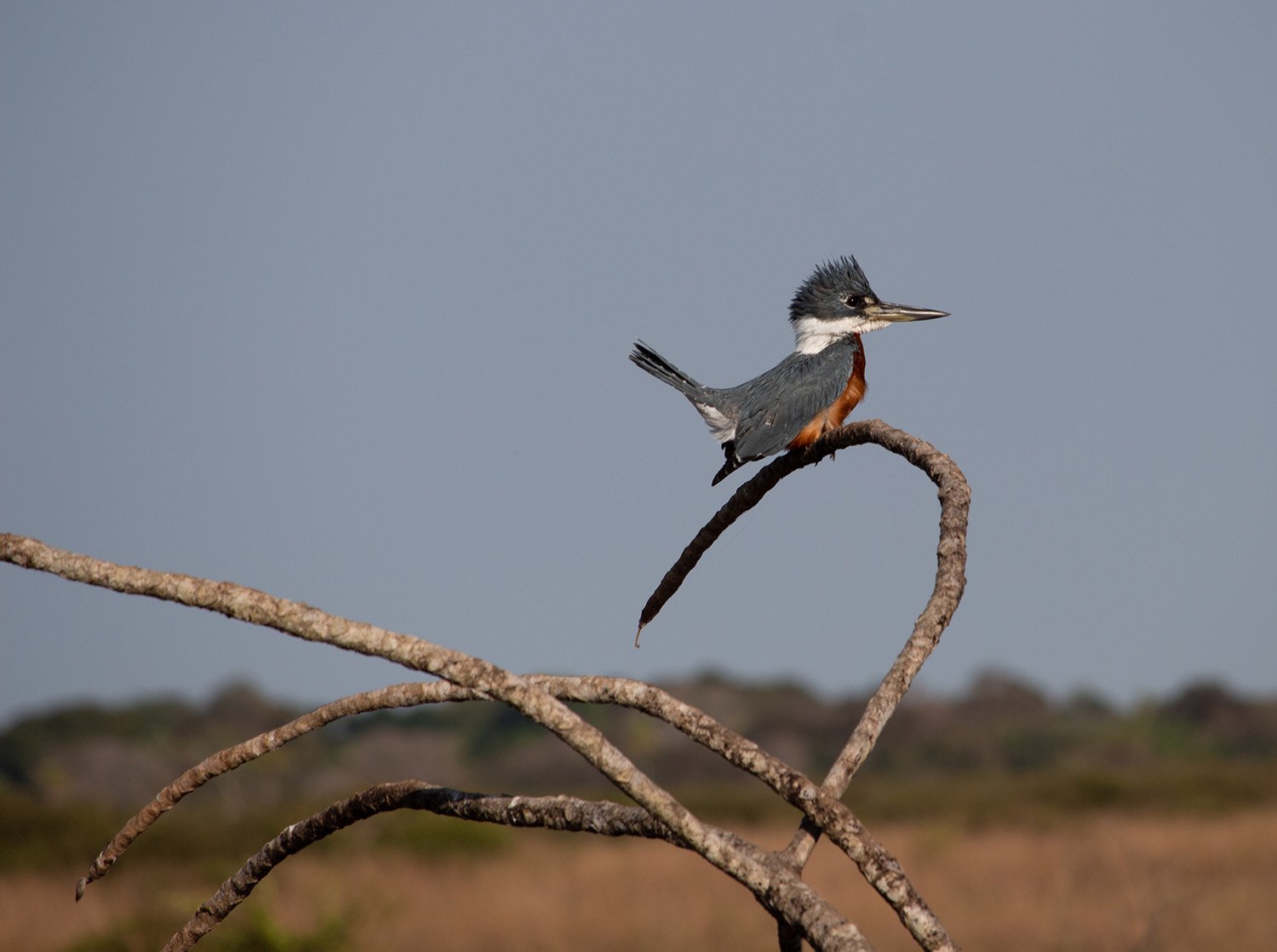


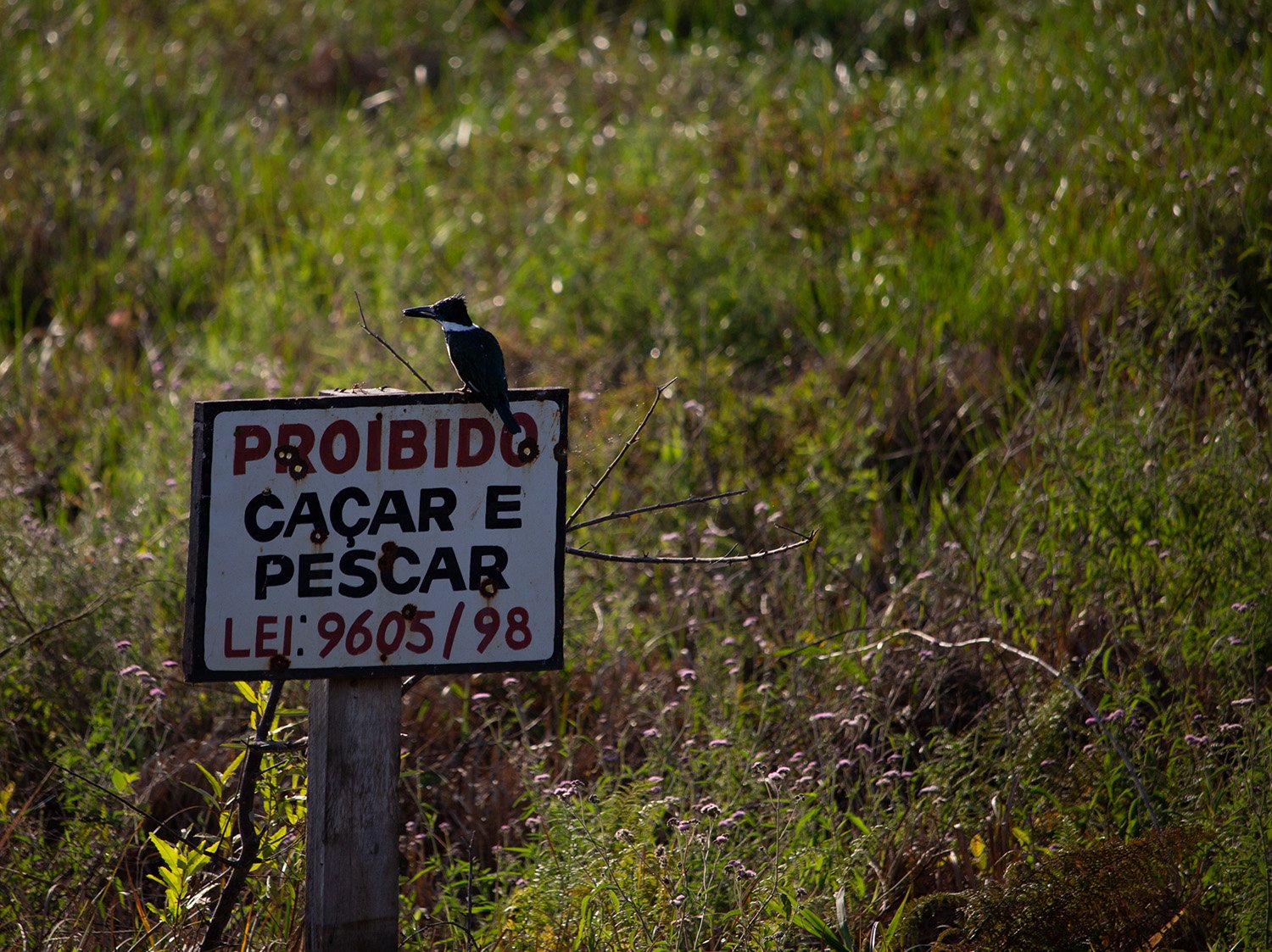
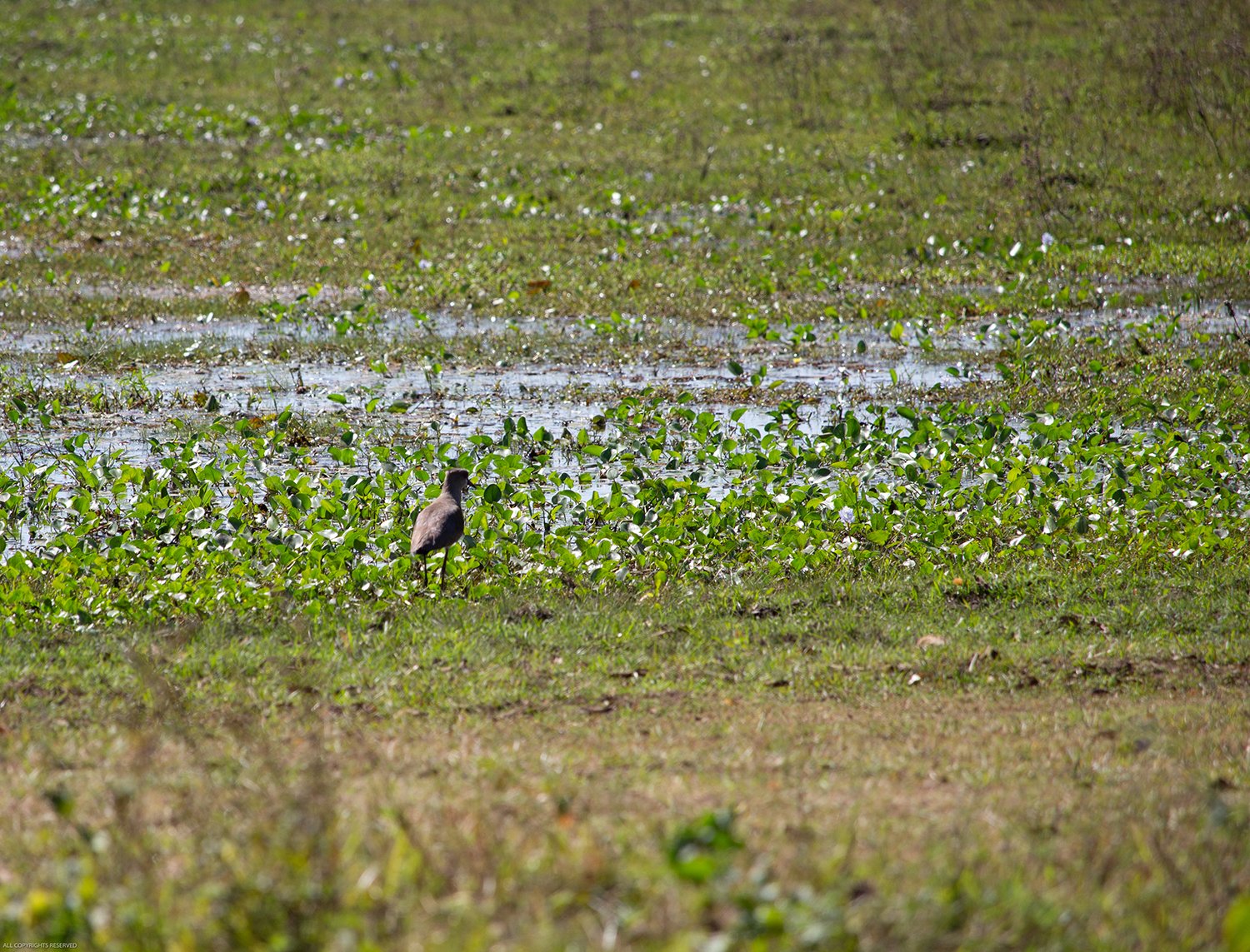


Then, as you do when having your afternoon coffee, you meet an iguana strolling around the yard.
On our first sightseeing tour, we saw a deer, many birds, a herd of buffaloes and many Hyacinth macaws.
The Hyacinth macaw parrots (arara azul) are said to prefer the fruit of a specific palm tree, which was abundant on the farm we visited first. During a short horse ride through the swampy terrain, we learned about the plants and local wildlife. I have to confess I was frequently distracted by these gorgeous blue parrots snacking on the palm-tree fruits.
Speaking of snacking, we got to taste the local cuisine. By pure chance, a well-known Brazilian chef was preparing lunch for some visitors, an array of typical Brazilian dishes, from rice and beans to meat grilled outside, on an open fire. The vegetarian version was equally delicious.
Hoping to catch a glimpse of the elusive onça, we booked a night-time sightseeing tour with a boat. Unfortunately, we only managed to hear the onça, but we did see quite a few night birds and crocodiles. Many crocodiles.
‘What are those red dots over there?’ someone would ask.
‘Those are crocodiles,’ the guide would say.
‘So many?’
‘It’s probably a mother with her young. Here, I’ll bring us a bit closer.’
‘That’s okay, no need.’
One of the best tours was a morning boat ride to watch the sunrise on the river. We’re not morning people, but this tour was totally worth getting up for. In the calm of the night, the only thing you hear is birds. First, the horizon turns crimson, then it slowly wraps the landscape in a golden colour. You can’t help but feel humbled, unable to take in all the beauty that surrounds you. If that isn’t magic, then I don’t know what is.



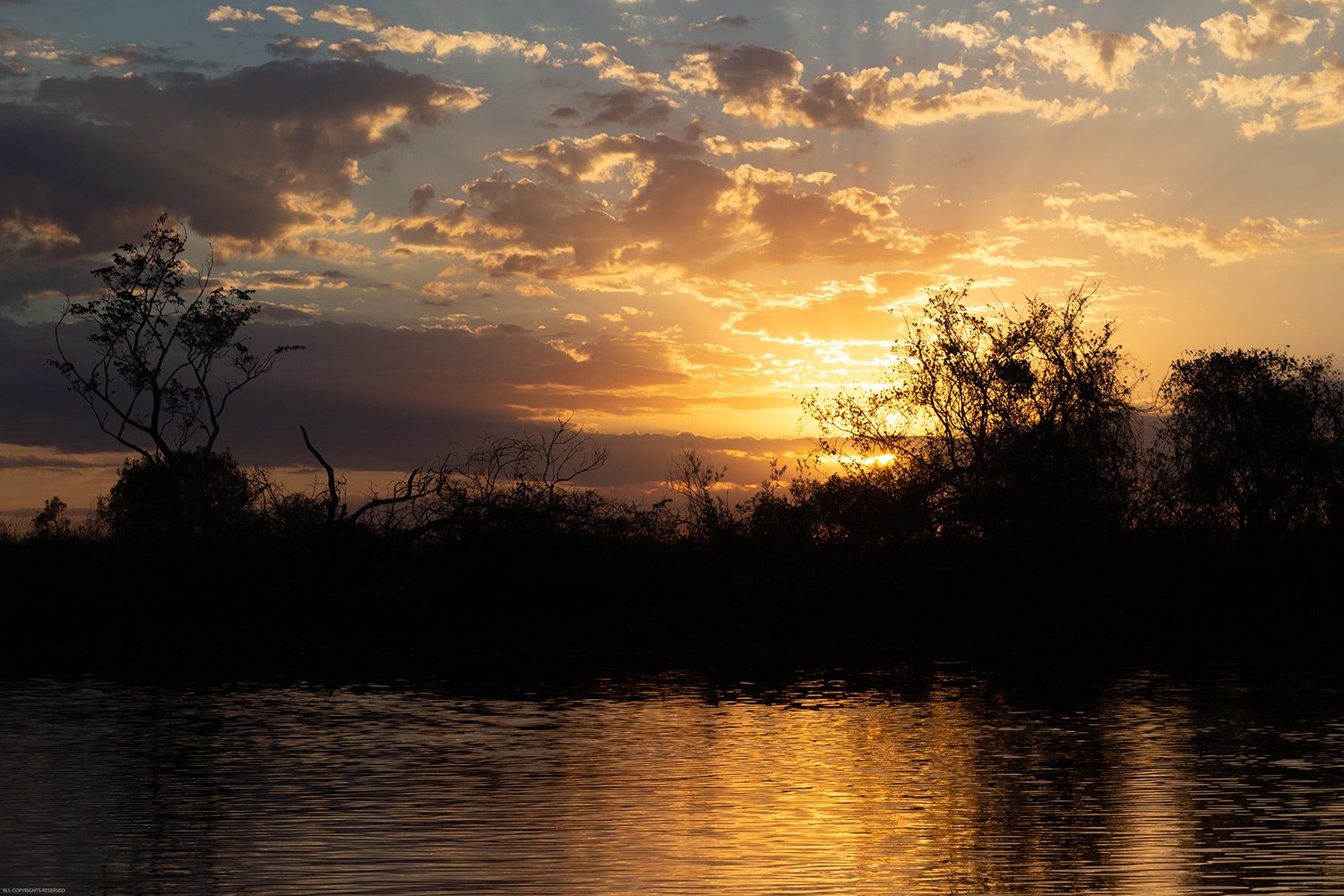


But don’t take our word for it. Go and check it out yourself.






